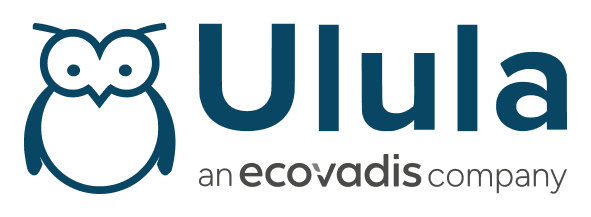By Laura Haworth, Head of Social Research & UK Operations, SupplyShift
Following over 10 years of successful social auditing through which issues within the supply chain have been uncovered in the tens of thousands, the ethical trade industry has increasingly started to recognize the value of tracing supply through multiple data sources right down to the individual worker. This has meant the introduction of both onsite worker interviews in audits and the introduction of worker voice tools, which are helping organizations elevate worker feedback directly to the supply chain decision maker.
We’ll talk more about worker voice tools, their benefits, and implementation in next month’s worker voice post. But before that, we want to focus on setting the right preconditions to ensure that the tools have an impact for your organization and the many workers contributing to it through the supply chain.
The key to success is all around developing a culture in which workers feel empowered, have the confidence to speak up, and begin to reap the benefits from their participation. Developing this culture can be difficult but doing so will create a lasting framework for businesses and workers to communicate transparently and address issues collaboratively. Here’s where to start:
Project planning: The first step is to be sure of what it is you are trying to achieve and to communicate it successfully. You should plan the project that you have in mind well and ensure that workers are engaged early in the process. Tell workers what you are doing, what your intentions are, and how they can be involved. This will help them feel comfortable with the process and understand how and why data is being collected and used.
The process of engagement should seek to ensure that workers understand the benefits that will come from participating. They must have confidence that management are committed to being transparent and enforcing changes that will help to improve the workplace based upon their input.
Secondly, set targets and be clear on how to measure them. Metrics may differ widely from organization to organization, but they must be specific, measurable, and actionable. For example, if your industry is at risk of child labor, understand what questions you need to ask your supply chain to gain insight on that topic. Utilize the appropriate technology to identify these issues within your supply chain and have a plan to address them productively if they arise. You should have appropriate plans to deal with issues that are uncovered with a mind to what will be most beneficial for the worker. NGOs and workers should be engaged to ensure the most impactful and least detrimental course of action is taken where sensitive issues are uncovered.
Facilitating Dialogue: For worker voice tools to be successful, workers need to feel that they can speak openly about their experiences and that they will not face any negative repercussions based upon involvement. Additionally, businesses must ensure that something is actively done with the information gathered. Without action, leadership will face apathy and a more depressed workforce in the long run.
There are many things that you can do to encourage a culture of open dialogue and worker well-being within your supply chain:
- Train both management and workers on effective decision making and how to use learning curves to improve practices instead of placing blame
- Introduce recognition structures and incentives for those who participate in worker voice programs
- Implement visible initiatives based upon feedback received in a timely manner so that staff can see the direct connection between worker input and company action
- Ensure that worker voice isn’t sporadic or overbearing – these resources are for workers to use when they need them, so look for signs that management is stifling feedback, but don’t let worker voice activities become a burden
- Make sure that commitment to worker empowerment is visible at all levels of your internal operations and throughout the supply chain
- Engage with workers to address underlying cynicism or concerns related to these strategies and tools
By creating the right culture both internally and throughout your supply chain, you establish trust with your workers and start your initiatives out with their best foot forward. This lays the groundwork for an effective implementation of worker voice tools to create a 360-degree feedback loop, engage workers, and improve practices at every level.
This is the second installation of SupplyShift & Ulula’s ‘Worker Voice Series’. Read part one here.
SupplyShift is now partnering with Ulula to offer clients worker voice tools to engage those throughout the supply chain. Reach out to us here to start facilitating worker engagement.

